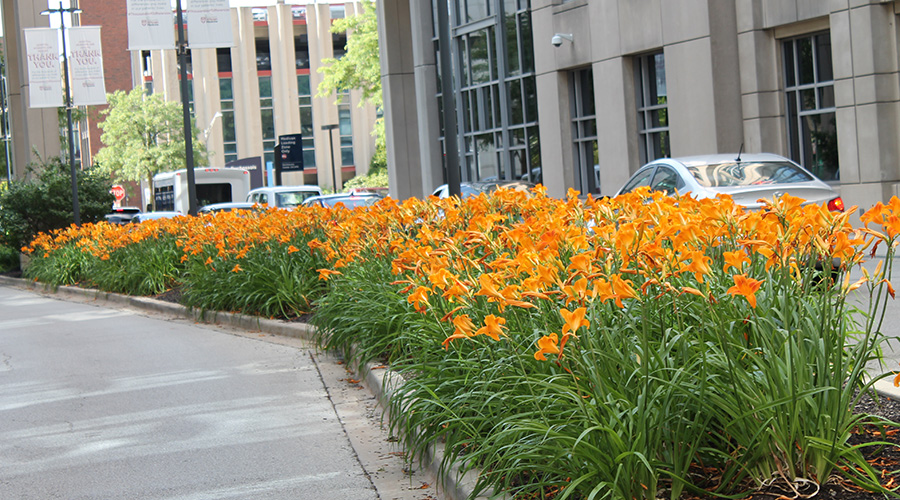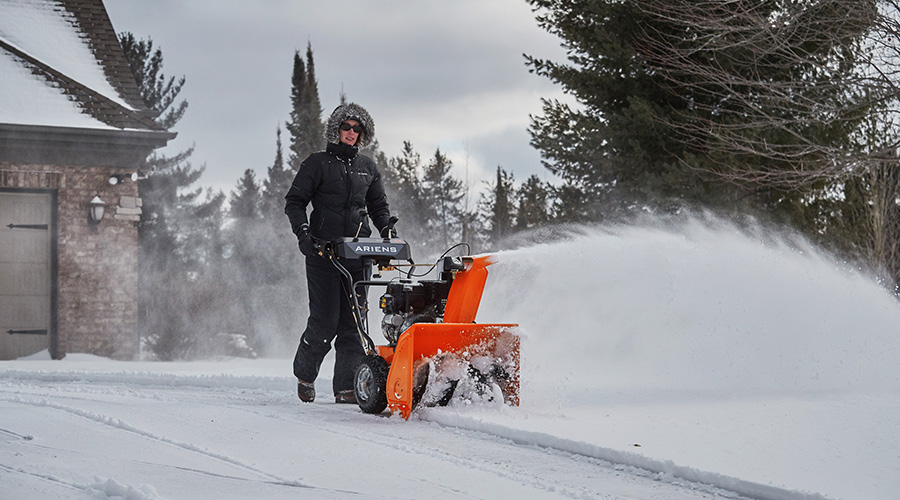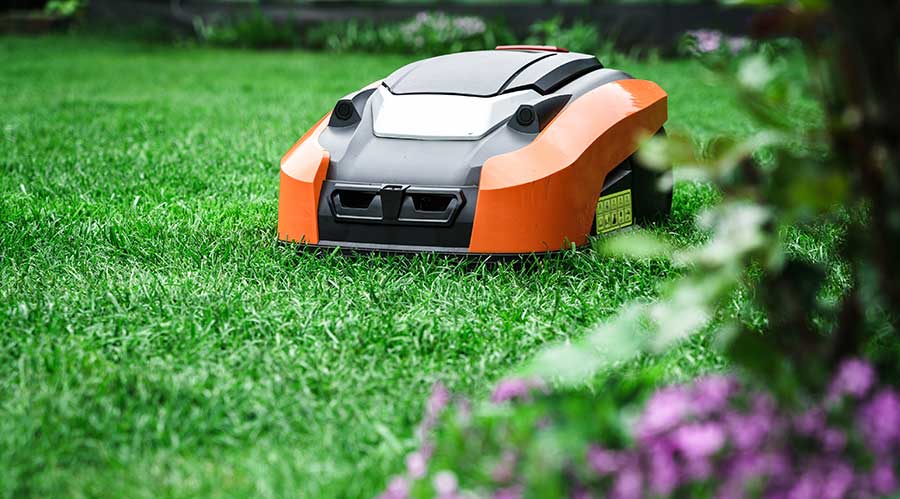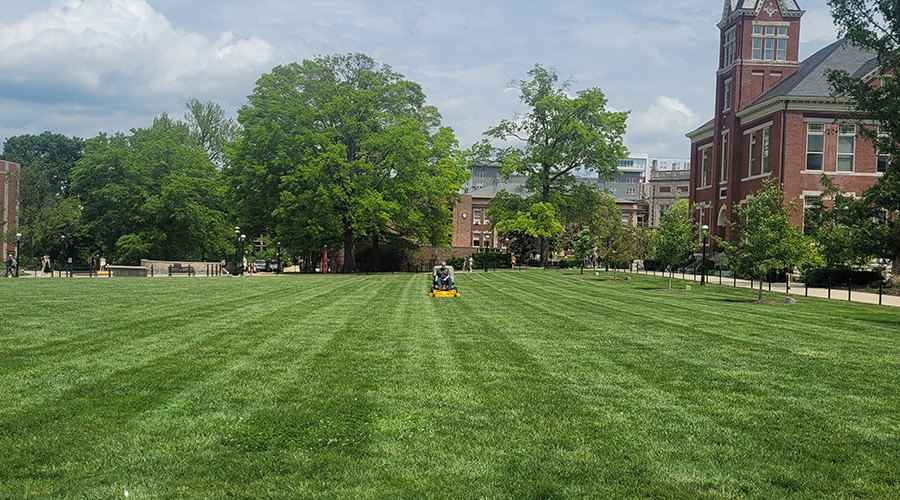Overcoming Irrigation and Water Management Issues
Overwatering or underwatering plants can cause headaches for grounds managers.
Improper irrigation at institutional and commercial properties can either starve plants of necessary moisture or saturate soils to the point of causing root rot and increased runoff. Both overwatering and underwatering disrupt plant health and can compromise the safe condition of paved areas, contributing to slippery surfaces.
Grounds managers should use the following strategies to avoid these issues:
Automate the irrigation system: Install smart irrigation controllers that adjust watering based on real-time weather data. These systems prevent overwatering during sudden rain events and ensure plants receive optimal moisture levels.
Conduct regular inspections: Monitor sprinkler heads, valves, and system efficiency. Address leaks and adjust sprinkler ranges to ensure uniform coverage without oversaturation.
Adopt water-efficient landscaping practices: Select drought-resistant, native plants that require less water and are better suited to local conditions. This not only conserves water but also reduces maintenance costs and minimizes the risk of water-induced landscape failures.
Using a one-size-fits-all landscape plan often backfires in areas where climates vary dramatically from season to season. Plant species unsuited to local extremes can result in poor plant performance, and insufficient seasonal adjustments may leave spaces looking untidy or unsafe. Strategies to overcome these challenges include:
Choose native and climate-resilient species: Native plants are naturally adapted to the local climate and soil conditions, making them a cost-effective option that requires less maintenance.
Implement a seasonal landscape plan: Adjust maintenance practices throughout the year to address unique challenges such as spring storms, summer heat, and early autumn frosts. For instance, schedule pruning in late summer to avoid damaging young growth in the fall.
Update landscape design periodically: Engage landscape architects to refresh designs every few years, ensuring the layout keeps pace with evolving aesthetics, sustainability practices, and safety standards.
Tom Marsan is a certified snow professional who has been in the landscaping and snow removal industry for about two decades. He is an active member of ILCA and SIMA and is currently the general manager at Beverly Companies in Chicagoland.
Related Topics:















